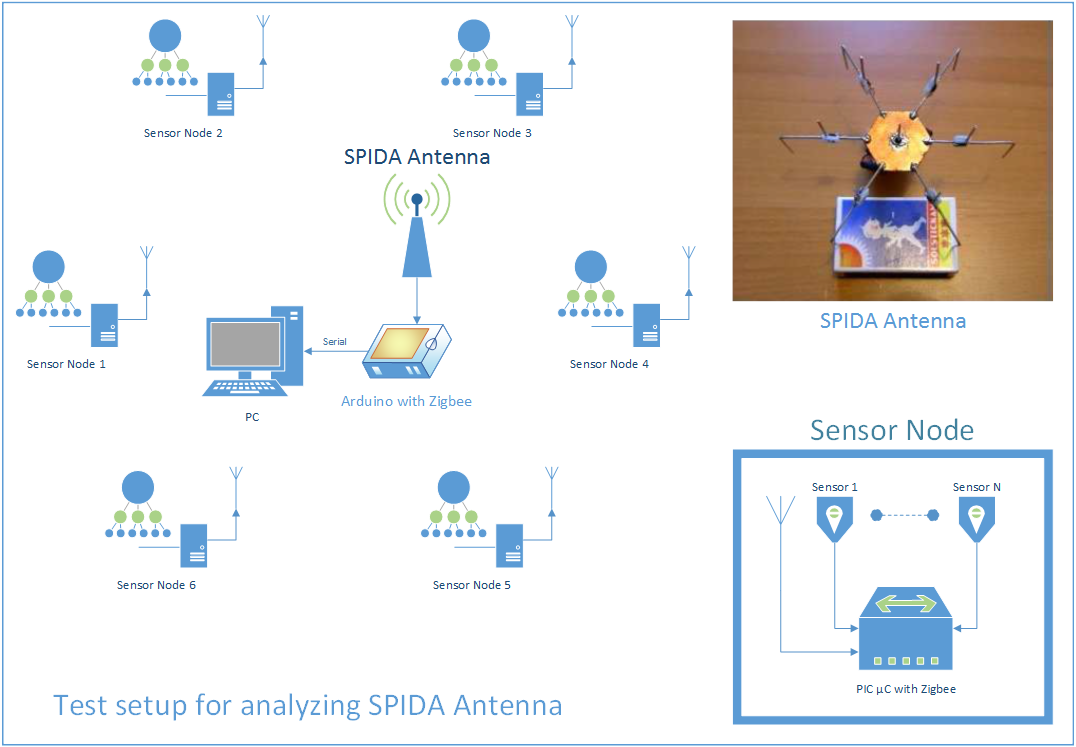Introduction
The advancements in communication have changed our lifestyle and allow us to view the world from a completely different view. With the spreading of the internet and the expanding technology of wireless communication, the whole world has been placed within our reach. To allow this type of communication, many technologies are necessary and one of those is the antenna technology. Antenna technology has evolved in many directions and they all serve a different purpose. But one of those is to allow directional communication, communication focused in a specified direction. This benefits the communication in some ways most importantly with longer signal reach and lesser power consumption. Antennas which allow such a feature are known as directional antennas, these antennas are designed to communicate in one direction only like the parabolic satellite antenna. There are also more advanced versions of directional antennas, some known as smart antennas. These antennas can use all the benefits of directional antenna communication and they can also change the direction of communication, without any physical change to the antenna itself.
This project work presents an experimental study of the behavior of a new type of smart antenna design, namely the SPIDA (SICS Parasitic Directional Antenna) Smart Antenna. Study of the smart antenna behavior and performance can be evaluated through a series of experiments. The results of which are presented to give some real performance data for the SPIDA smart antenna. This SPIDA antenna experiment is designed to work with an Arduino Uno as the Control node and linked to 6 custom designed Wireless Sensor Nodes. Each custom designed WSN uses the low cost PIC micro-controller and XBee Pro Series 2 (Zigbee Mesh) module which uses an 802.15.4 compatible radio.

Wireless Sensor Networks
Wireless sensor networks are very versatile and they can be applied in almost any scenario where monitoring is of the essence. The beauty of a sensor node network is that sensor nodes can work together for a mutual result over the entire area. The sensor nodes can gather simultaneous data at different locations within the network area and then combine the results to a much more reliable average value than any single nodes sensors alone, due to the networks larger sensing area. This is often crucial for scientific credibility and all individual nodes can also provide additional information which can give much more detailed results.
The radio transceiver module is the device that handles all data communications over the radio. It normally implements a commonly used communication protocol like IEEE 802.15.4 or similar to make controlled communication with other radios within range. Sensor node radios commonly operate within frequencies ranging from 300 MHz to 2.4 GHz.
A host interface is not mandatory for a sensor node. Some applications work well without this ability, like when only the direct data stream from the sensors is of interest. But normally the nodes are equipped with some type of host interface like a USB or serial interface module. This makes the nodes more versatile in research and similar experimental studies, when direct programming and interfacing the node in real time is possible.
Directional and Smart Antennas in WSNs
The use of directional or smart antennas can help optimize a WSN by increasing the range of every node, thus giving options for spatial reuse and lowering power consumption of the entire network. They can also minimize interference coming from other wireless devices in the area, devices which operate on the same frequencies as the WSN like wireless computer networks and Bluetooth devices. These properties are what make the usage of directional and smart antennas in WSN become very appealing.


